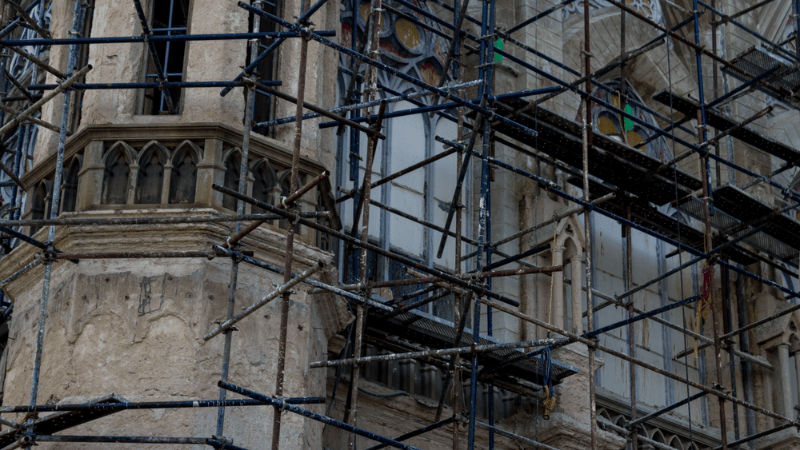South Carolina Extends Tax Credits for Abandoned Building Restoration

COLUMBIA, S.C. – The South Carolina Department of Revenue (SCDOR) has announced significant changes to the state’s Abandoned Buildings Revitalization Act, offering new opportunities for developers and investors.
The amendments, detailed in Information Letter #24-6, extend the availability of tax credits and increase their potential value.
The Act was originally enacted in 2013, aiming to promote rehabilitating abandoned buildings through tax incentives.
The recent changes extend the credit’s availability by ten years, now moved to December 31, 2035. This extension provides developers with a longer window to undertake revitalization projects.
In addition to the time extension, the maximum credit per unit has been increased from $500,000 to $700,000. This boost enhances the financial incentives for developers taking on large-scale rehabilitation projects.
The amendments also introduce a limited-time opportunity for taxpayers who have filed a Notice of Intent but haven’t yet completed their projects. These individuals can amend their notices until October 15, 2024, potentially increasing their eligible credit amount.
However, the SCDOR stresses that credits will be based on actual rehabilitation costs, which must fall between 80% and 125% of the amended estimated expenses. Costs falling outside this range may result in reduced or disallowed credits.
These changes will significantly benefit developers involved in revitalizing abandoned properties across South Carolina. The Western Auto and Rose-Talbert Buildings in downtown Columbia, renovated in 2018, serve as successful examples of the Act’s impact.
As the October 2024 deadline for amending existing Notices of Intent approaches, developers are encouraged to review their projects and consider taking advantage of these enhanced incentives.